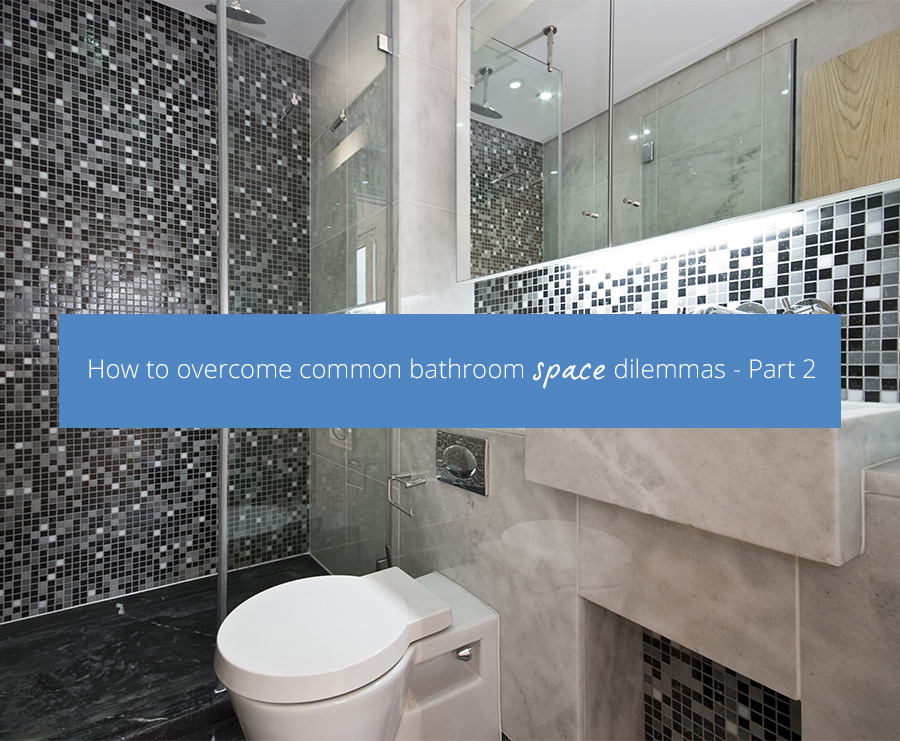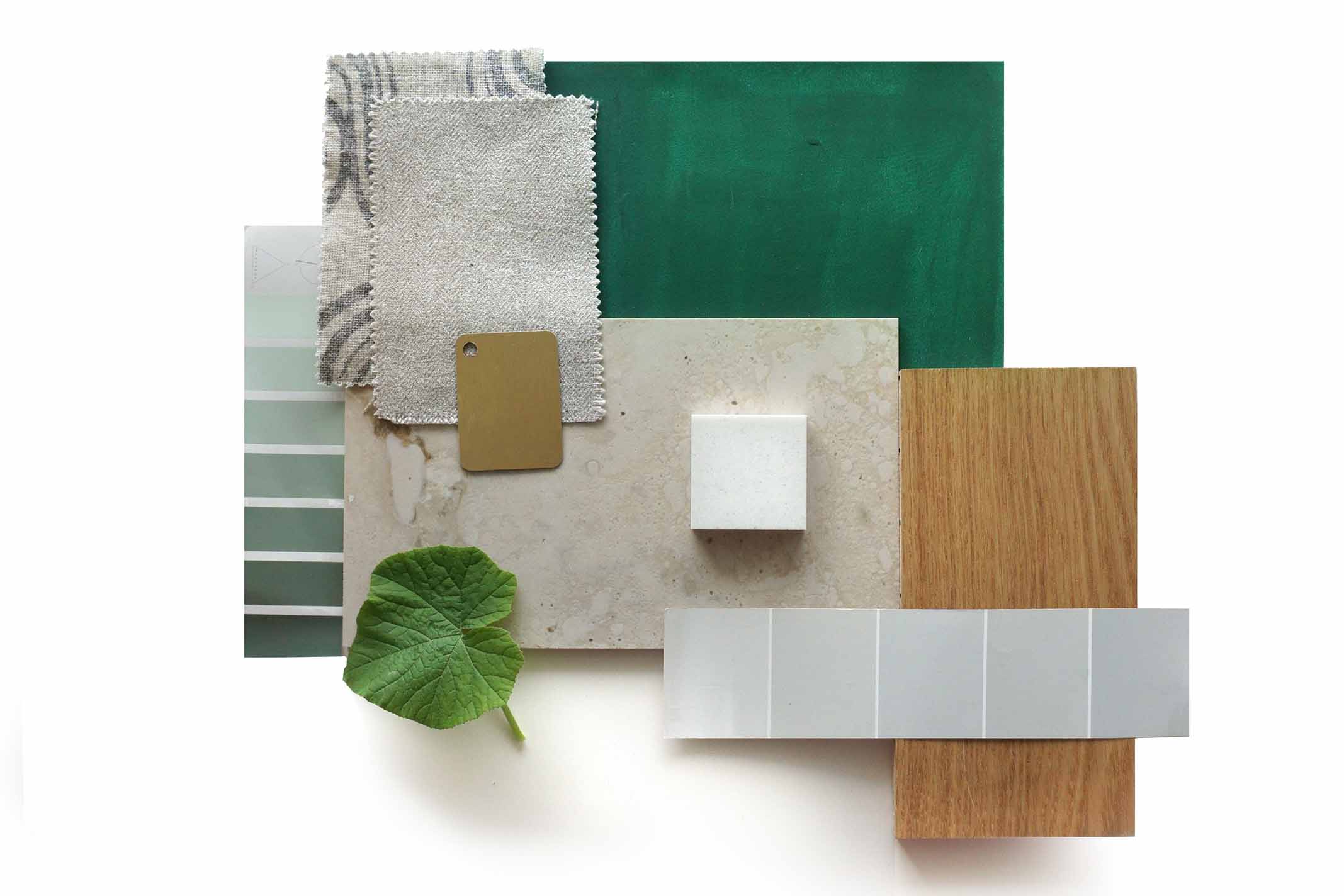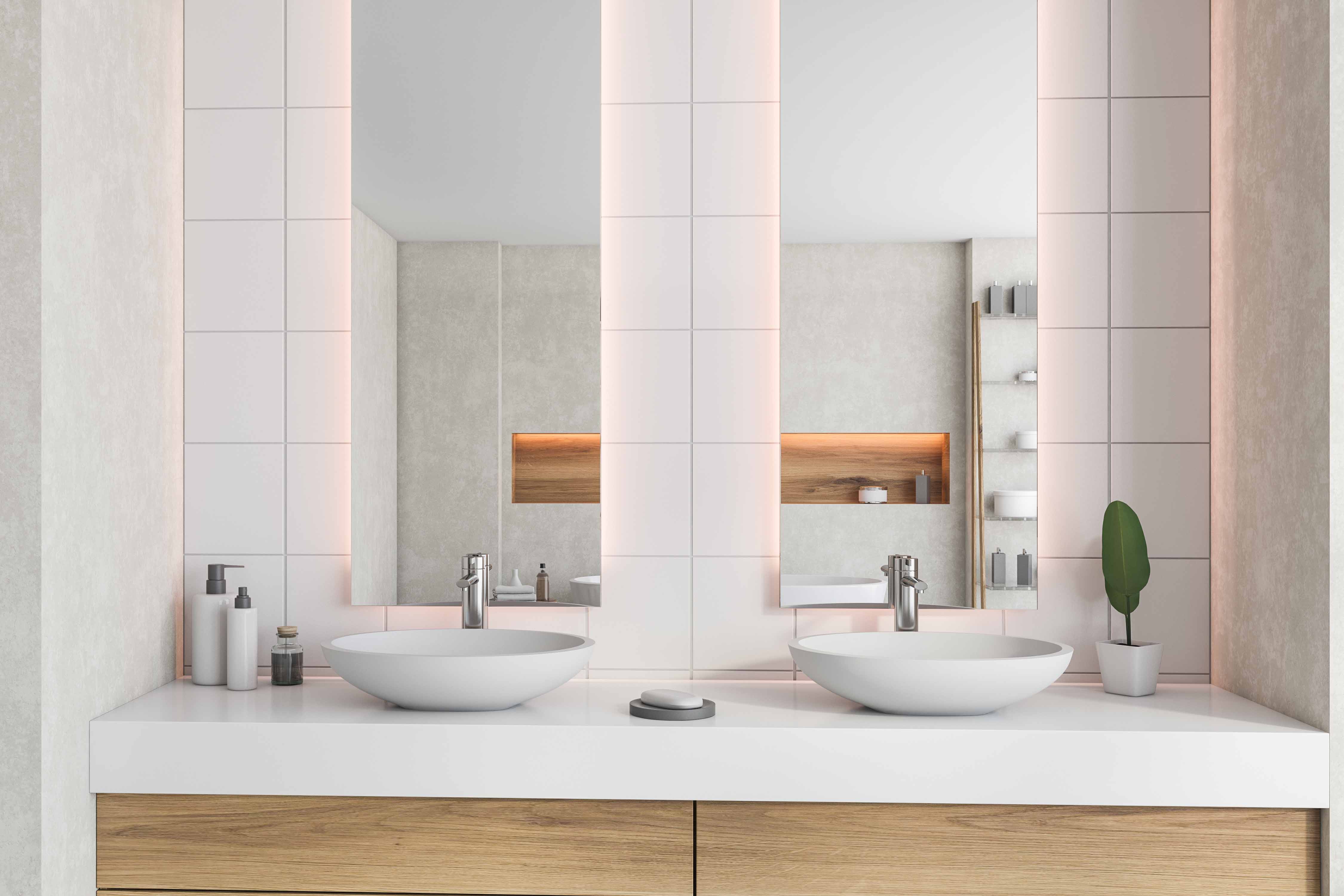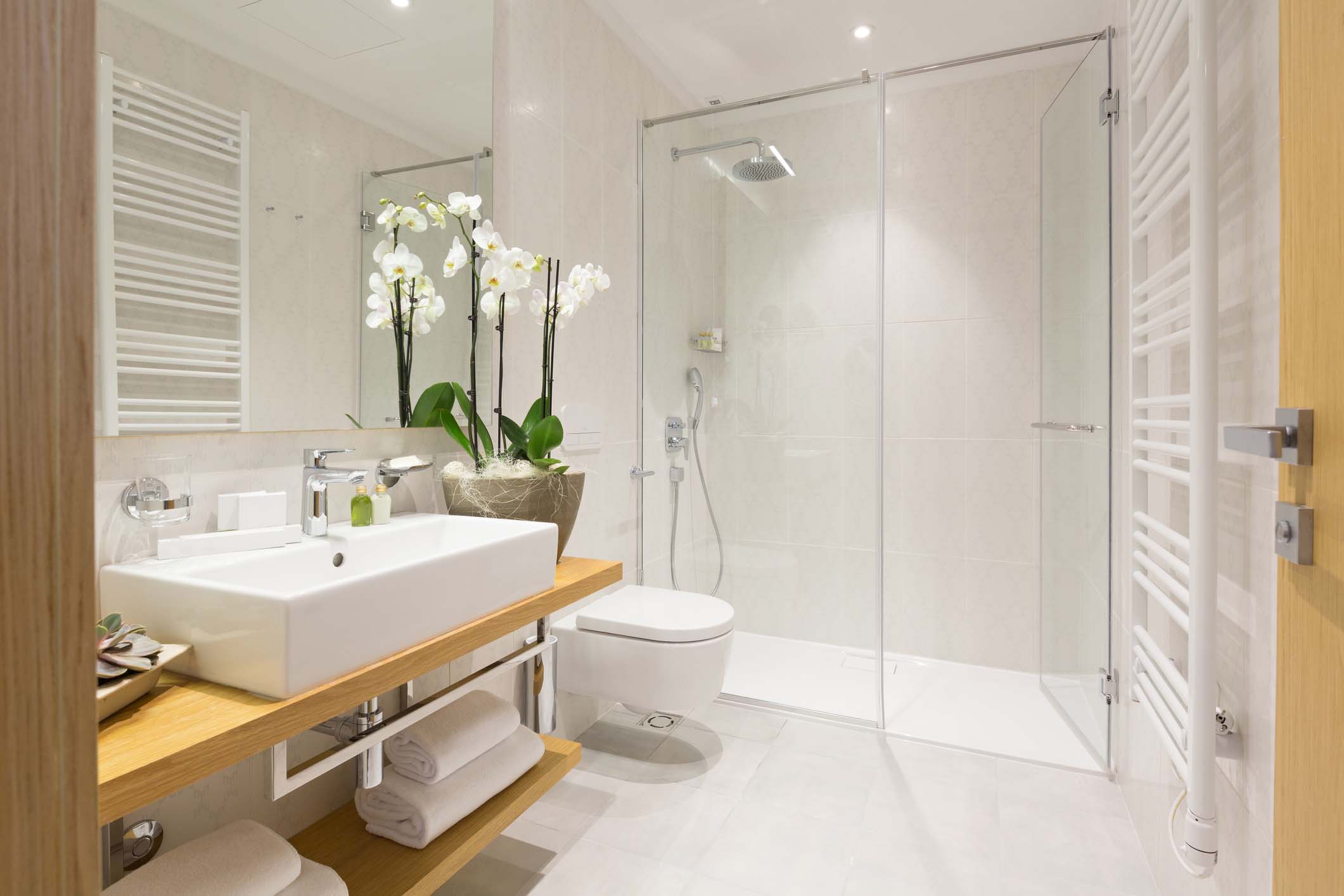How to overcome common bathroom space dilemmas – Part 2
In the previous blog, we looked at some of the most common problems relating to space that come up time and time again when designing and planning a new bathroom – how to incorporate a free-standing bath, how to include both bath and shower, how to make the most of a small ensuite and how to provide the feeling of space in a bathroom with no windows.

This time we tackle a few more space-related questions that designers, manufacturers and suppliers hear repeatedly – hopefully we’ve covered all the main ones and provided you with food for thought.
I’d love to have a large shower
There is often the misconception that if you have a smallish space, you can’t have a large shower. Wrong! Whether you have a converted loft, ensuite, or want to make the most of some unused space, a walk-in shower or wet room is a practical and highly achievable option. Forget a bulky shower tray - the walls of the room itself effectively act as the shower enclosure, with a drain inset into the floor replacing the conventional shower tray, leaving more scope to create a shower in pretty much any position, in any size. The shower unit and controls must be fitted to one of the walls. Normally a glass screen is installed to help minimise the impact of water while maintaining the effect of space. The room needs to be waterproofed (tanked) to keep the shower water within the room and to stop damp or water damage getting into vital building structures, such as joists and the floor should slope away at the correct angle as well as have a well-positioned soak away.

I need my bathroom space to work for the whole family
No matter what the size of your bathroom it needs to be easy to use and practical, especially in a busy family home. Being used multiple times throughout the course of the day by various members of the family, fittings need to be fit for purpose and as well as simple to maintain. If not, they won’t perform well and will need to be replaced more quickly. The key here is to do plenty of research into the quality of sanitaryware and fittings and invest a little more if needs be to avoid the situation of false economy.
Choose a good-quality porcelain tile over natural stone for example on the walls and/or floors. Natural stone will need resealing every couple of years to ensure it looks and performs at its best. Check how robust your bath is – a solid or double-skinned bath is sturdier and will generally last longer. Make the space, no matter how large or small, as flexible as possible. If you have enough space for a double basin, install one as it allows multiple people to use the bathroom at the same time to wash hands, clean teeth etc. Maximise every inch of the space with storage to help keep some degree of order, allocating shelves to various members of the family.

I want my bathroom to feel luxurious - a place where I want to unwind, but it’s small and feels cramped.
The key here is to define the look and feel you want to create within the space you have. Are you trying to recreate the luxury found in a five-star bathroom or more of a relaxing spa environment? Deciding the priorities are fundamental and will help you make the right choices when designing your space. Create a mood board highlighting the styles, fixtures, fittings, tiles etc you like – this will then determine whether having an elegant free-standing bath is key or whether your focus is natural textures, raw materials, and neutral colours.
Once you have defined ‘luxury’, the rest should follow and you can home in on the correct size of sanitaryware, the right finish for your fittings, how best to maximise storage and what range of accessories work well to complement your stylish bathroom.

The Compare Network
Copyright – Insight Retail Group Ltd 2025 All rights reserved